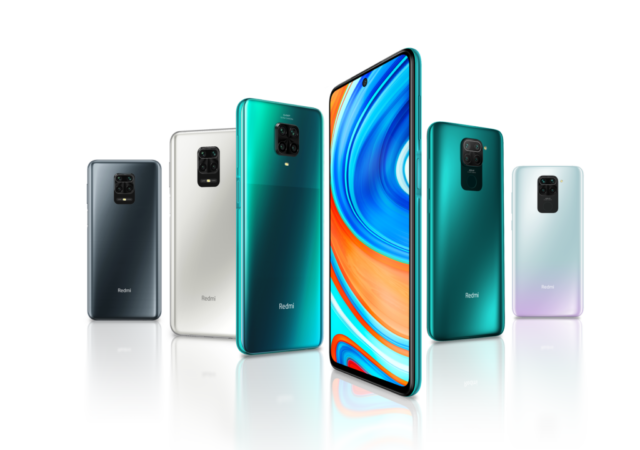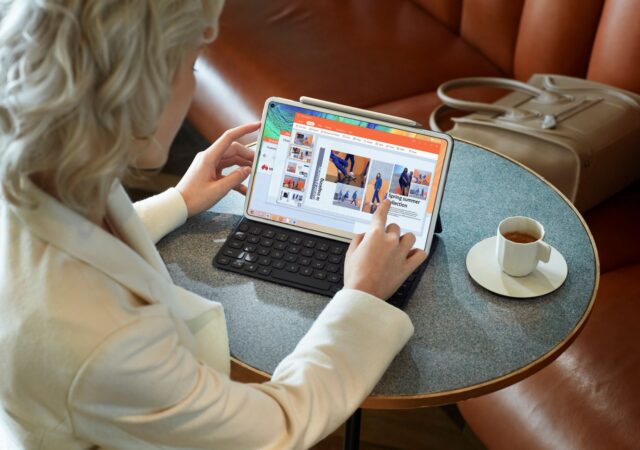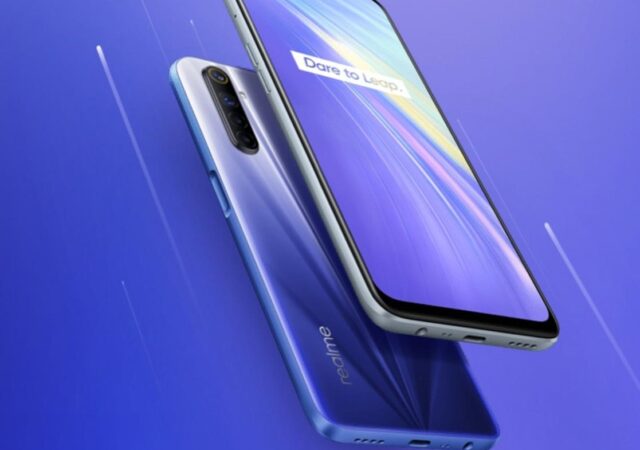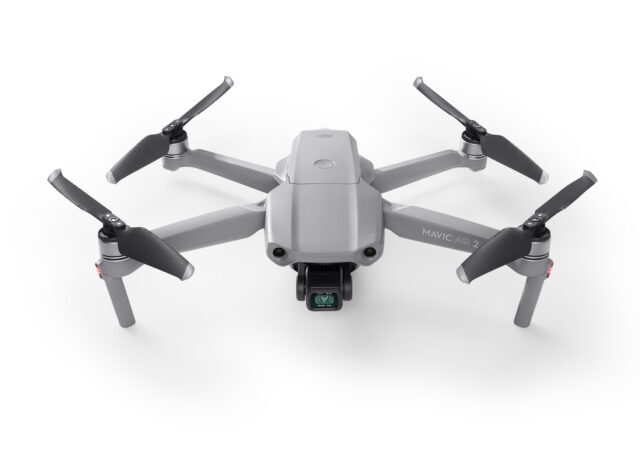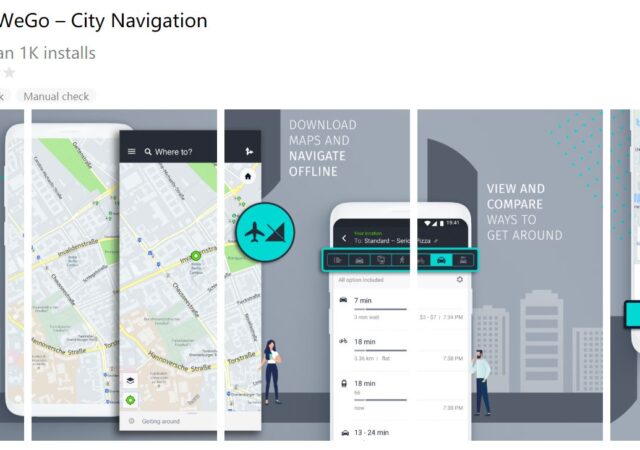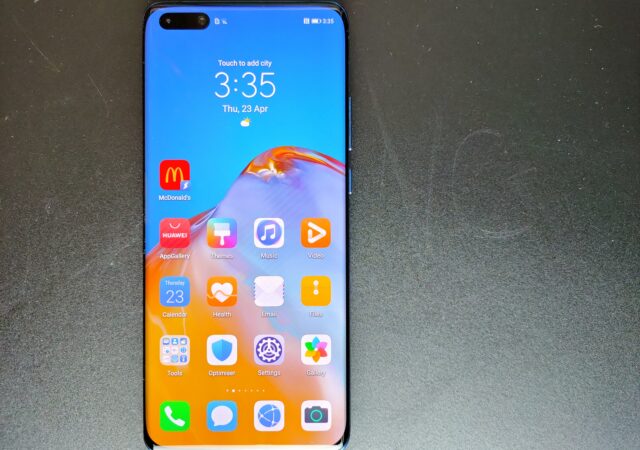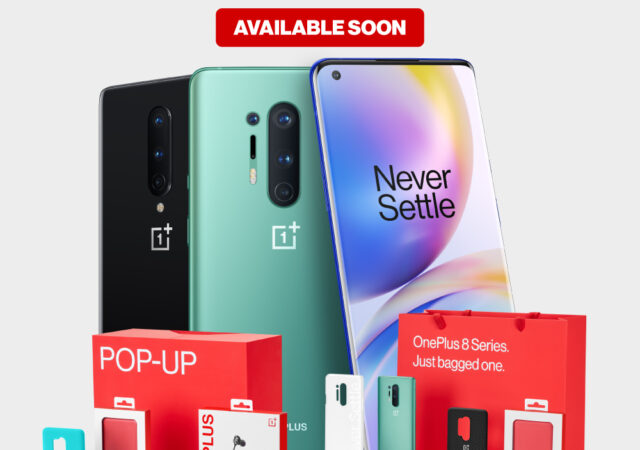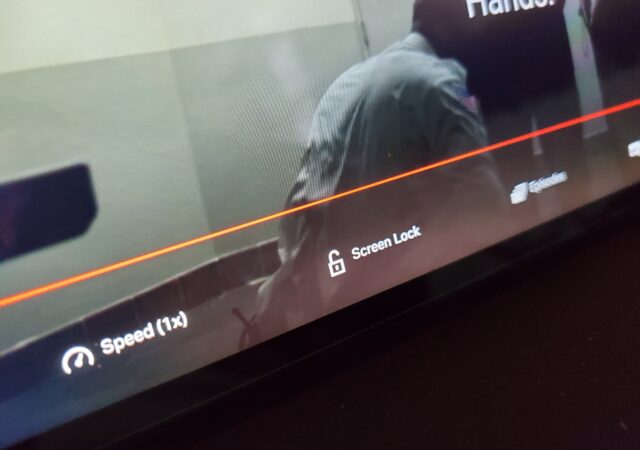Xiaomi Redmi expands its family yet again with the brand-new Xiaomi Redmi Note 9 and Note 9 Pro. The value-for-money offerings will come with sub US$ 300 price tag and packing some power.
HUAWEI MatePad Pro Bundle Deal is Back From 29th April to 7th June 2020!
HUAWEI’s MatePad Pro is back with a new accessory bundle for MYR 2,898. You get an M-Pencil and Smart Magnetic Keyboard in the bundle.
realme 6 8GB + 128GB Variant Available in Malaysia for MYR 1,199
realme 6 just updated their realme 6 offering with a bigger 8GB RAM variant for MYR 1,199.
DJI Mavic Air 2 Takes Flight
DJI just released their brand new Mavic Air 2 consumer drone to replace the DJI Mavic Air with a bigger 48-Megapixel sensor, more shooting modes, and even cleverer electronics to keep it in the air longer.
Video Calling on Telegram App; Finally, but Not Yet
Telegram has announced that they are looking to add video calling features on their app in 2020. With more than 400 Million monthly users worldwide, the platform is one of the largest messenger apps to not have video calling feature.
[COVID-19] Australia is Next in Launching COVID-19 Contact Tracing App
Australia is the next region to launh their own COVID-19 contact tracing app. The app is based on Singapore’s TraceTogether app. There are some security and privacy concerns that comes with the app though.
HUAWEI AppGallery Finds Its Way with HERE WeGo City Navigation
HERE WeGo arrives on the HUAWEI AppGallery bringing a much needed navigation app to the platform.
HUAWEI P40 Pro In-Depth Review – More Camera, Most Smartphone
The new HUAWEI P40 Pro is a mighty powerful smartphone with really good cameras. With the exclusion of Google though, is it worth MYR 3,899?
OnePlus 8 Series Arrives in Malaysia!
The OnePlus 8 series arrives in Malaysia! Pre-orders are going live in at 12AM on 24 April 2020.
Screen Lock comes to Netflix on Android
Hot off their introduction of enhanced parental controls, Netflix silently rolls out a screen lock feature on Android.



